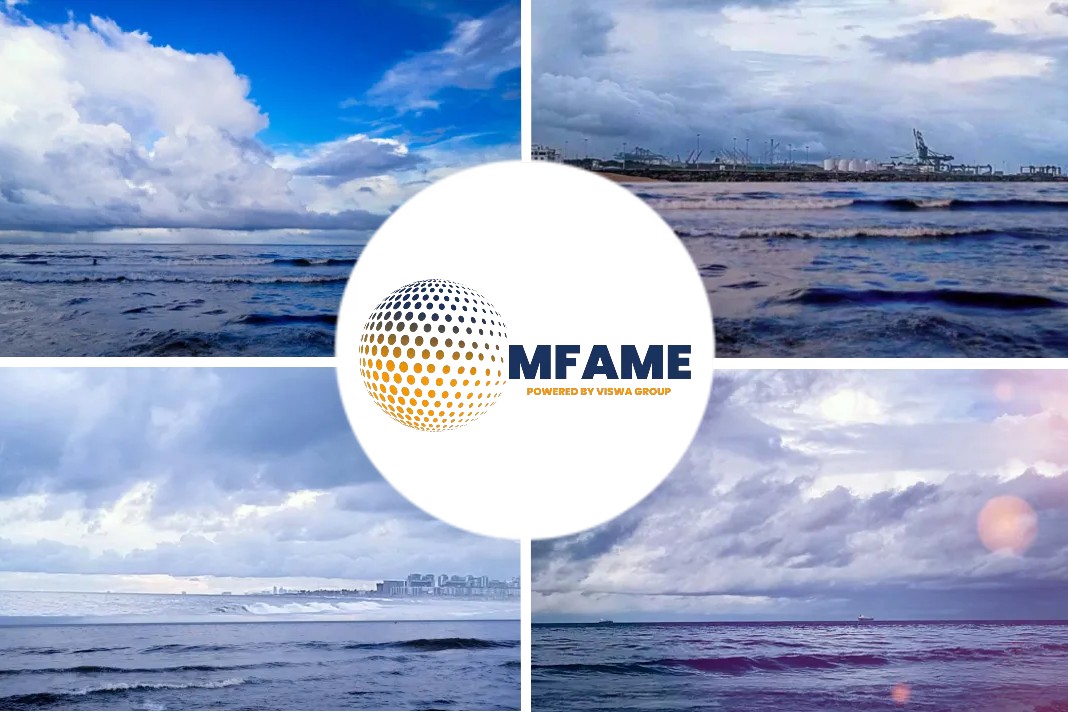- The international efforts carried out over the past year to assess the risk of a massive oil leak or explosion from the Safer, have been largely unsuccessful.
- Safer is a stricken FSO moored off the coast of Yemen.
- The condition of the floating storage and offloading unit, which is anchored 60 km north of the port of Hodeidah, continues to deteriorate.
- The stricken oil tanker is loaded with 1.1 million barrels (over 140,000 tonnes) of oil, which could be released into the sea as the 400,000-tonne tanker had no maintenance since 2014.
A recent news article published in the Offshore Energy by Jasmina Ovcina states that no progress on accessing ‘ticking bomb’ FSO off Yemen.
What did UN Security Council, Inger Andersen say?
Speaking at the beginning of this month before the UN Security Council, Inger Andersen, Under-Secretary-General and Executive Director of the United Nations Environment Programme (UNEP), said Houthi militias were using the vessel as a ‘bargaining chip’ to advance their political agenda.
“Political and logistical gridlock in assessing the risk of an oil spill or explosion in the Red Sea are increasing the likelihood of a new humanitarian and environmental crisis in Yemen, and beyond,” Andersen believes.
What are the hazardous effects?
An oil leak could force the vital Hudaydah port to close, limiting food and fuel imports for two to three weeks and block 50 percent of fishing grounds, “with an estimate economic cost of around $350 million over five years”, she said.
The country is already suffering from a massive humanitarian crisis resulting from the armed conflict that has been brewing for over six years.
Prior to the conflict in Yemen, the ultra-large crude carrier built in 1976, was converted to an FSO in 1986.
Since 1988, it has been moored at Ras Isa where it had been receiving, storing and exporting crude oil flowing from the Marib oil fields.
It is owned by Yemen’s national oil company, the Safer Exploration & Production Operation Company (SEPOC).
The FSO left uncared since 2015
The FSO has not been inspected or maintained since 2015 and has been out of class since 2016, leading to serious concerns about its integrity.
The UN has been briefed 23 times on this issue over the past two years, however, there has been limited progress regarding United Nations efforts to gain access to the vessel.
Namely, no mission has been able to deploy, because, as disclosed by UN representatives, Ansar Allah (Houthi) authorities, while agreeing in principle to such an operation, are reluctant to provide assurances to the UN it can proceed.
Over the last 10 days, extensive discussions have taken place to bridge gaps, without success, Andersen said.
What is the main sticking point?
“The main sticking point is around what the United Nations would exactly do on the Safer and why the organization is unable to specify what repairs will be carried out. However, because no technical mission has been able to access the tanker, it is not possible to determine what condition it is in or what work must be done. The expert team needs to verify what it is dealing with and what can be done, in addition to carrying out some light maintenance to minimize the risk of an oil spill and hopefully buy more time,” she pointed out.
As disclosed, the expert team will remain on standby so long as donor funds are available, adding that, once a green light is given.
It will still require several weeks to charter vessels, gather equipment and set off from Djibouti to the Safer.
The urgency of the issue and potential humanitarian disaster could result in $20 billion in damages, reaching well beyond the Red Sea.
Furthermore, it is assessed that an oil spill or explosion could severely restrict the movement of vessels through one of the busiest commercial routes in the world, posing devastating consequences for the wealth of species found in the region.
Greenpeace’s statement
Commenting on the risks posed by the FSO, Greenpeace said that the question was not if but when an accident would happen.
As disclosed, last year, the engine room flooded and emergency repairs were carried out; the fire extinguishing equipment no longer functions and most recently the inert gas system necessary to prevent explosions has broken down.
“The International Maritime Organization (IMO) needs to step up to its responsibility in its mandate to ensure that plans are made and the necessary expertise and equipment are in place to respond rapidly to any unfolding disaster as a result of the Safer.”
Coordination mechanisms deployed in oil spill
According to Andersen, coordination mechanisms have been created to be deployed in case of an oil spill.
Through those mechanisms, relevant stakeholders, including the Regional Organization for the Conservation of the Red Sea and Gulf of Aden, Yemeni authorities and IMO, have developed regional and national contingency plans, as well as contracted a private company to provide updates in the event of a spill.
Did you subscribe to our daily newsletter?
It’s Free! Click here to Subscribe!
Source: Offshore Energy


















